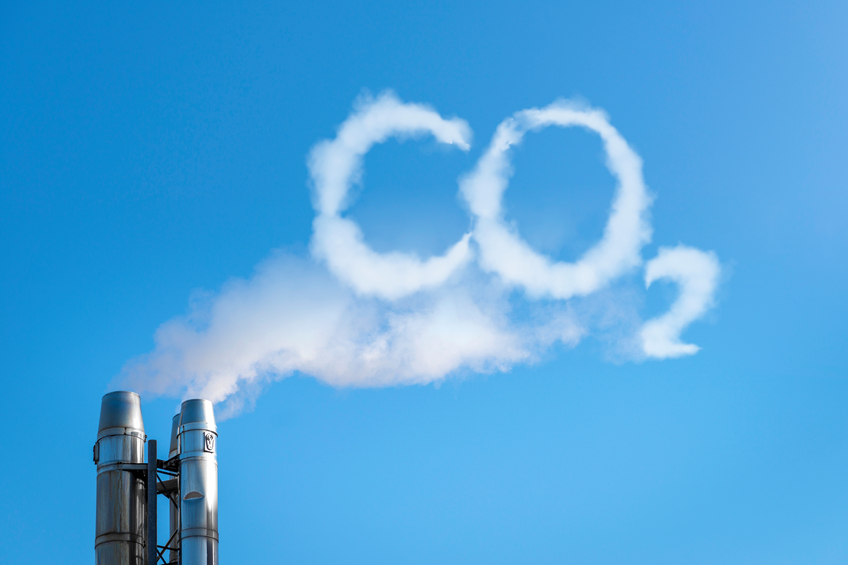The Trump Environmental Protection Agency (EPA) has finalized its repeal of the Clean Power Plan (CPP), the key Obama administration initiative to cut dangerous climate pollution from the electricity sector. The EPA replaced it with a do-nothing dirty power plan, instead of seizing the opportunity to update and strengthen the existing CPP.
Strengthening the plan based on new data is what you would expect from a responsible administration with even the slightest concern with the climate crisis. The Trump team did not even consider the option.
The deceptively named “Affordable Clean Energy” (ACE) rule ignores the enormous benefits that would come with a stronger policy.
NRDC’s modeling, using the EPA’s own methods, shows that the agency could have updated the CPP to prevent thousands of premature deaths each year from dangerous power plant air pollution – up to 5,200 deaths in 2030 alone.
An updated rule reflecting lower costs and market trends toward clean energy could cut power plant carbon pollution 60% below 2005 levels by 2030 – nearly double the 2030 target of 32% reduction the EPA set in 2015.
Using the EPA’s standard approach to cost-benefit analysis, we calculate that the climate and health benefits of this stronger rule would equal up to $101 billion annually by 2030. And all of that comes with a lower price tag than the original CPP was supposed to cost – $6.5 billion per year, instead of almost $9 billion estimated for the CPP in 2015.
This blog explains the details of the EPA’s dereliction and the magnitude of this huge missed opportunity. For more context, my Natural Resources Defense Council (NRDC) colleagues wrote here about the legal shortcomings of the rule and here about how it fits into the Trump administration’s broader effort to prop up polluters.
The EPA Should Have Strengthened the Clean Power Plan
The Trump EPA is throwing away an opportunity to drive further, cost-effective reductions in pollution from our power sector that could prevent thousands of early deaths from unhealthy air and make strides toward addressing the climate crisis.
When issued in 2015, the CPP appeared to be both ambitious and achievable. But since then, state policies, rapid declines in the cost of clean energy, and gains in energy efficiency have driven carbon pollution to 28% below 2005 levels. That means we have nearly reached the CPP’s goal of a 32% reduction by 2030 a decade early. Given the changing power sector – and the worsening climate crisis – it makes sense to update the CPP targets based on the latest data.
Had the EPA discarded its reckless plan to scrap the CPP and instead opted to refresh the initial CPP based on newer market data, the updated rule would have achieved about a 60% reduction in CO2 emissions below the 2005 peak by 2030. That’s 590 million tons less carbon pollution in 2030 than in the baseline, or equivalent to the annual carbon pollution from all power plants in Texas, Florida, West Virginia, Pennsylvania, Ohio and Montana combined. The resulting cuts to other public health-harming pollutants from fossil-fired plants would have avoided up to 5,200 premature deaths per year by 2030. And the climate and health benefits would ring in at up to $101 billion annually by 2030.
By contrast, the EPA estimated the ACE rule would cut carbon emissions by just 11 million tons compared to “business-as-usual.” This reduction pales in comparison to both what we can cost-effectively do and what we need to do to address the climate challenge, yet the agency went ahead and picked a rule that results in less than 2% of the emissions reductions that an updated CPP could achieve.
Figure: Modeled CO2 Emissions Projections

How NRDC Evaluated an Updated Clean Power Plan
NRDC hired the respected consulting firm ICF (which also analyzes power sector policies for the EPA) to model the updated CPP for comparison with the proposed ACE rule. We calculated the updated targets based on what the EPA should have done: take into account the emissions reductions in the power sector since 2015 and adjust the CPP accordingly.
The 2015 CPP compliance targets were developed using the latest available electricity sector performance data at the time the standards were finalized. The emissions-reduction requirements were designed to reinforce the shift away from high-polluting energy sources (like coal-fired power plants) to lower- and non-emitting generation (like wind and solar energy) that was already underway due to market forces. Since then, these trends from higher- to lower-emitting resources have accelerated as the costs of clean energy have continued to decline.
By adopting the same calculation steps used to derive the 2015 CPP targets but with the updated baseline year and the latest available projections for renewable and gas generation, an updated CPP standard could achieve a 60% reduction in carbon pollution from 2005 levels in 2030 (or 2030 emissions of 1,071 million short tons).
NRDC’s modeling found that the power sector could have achieved this significant emissions cut at a cost of just $6.5 billion in 2030 (or about 1.5% of what we spend on electricity annually). That’s also less expensive than what the original CPP was expected to cost, with a much greater reduction in emissions.
In addition to significant declines in carbon pollution, an updated CPP would also dramatically reduce the other public health pollutants that stream out of power plant smokestacks alongside climate pollutants. NRDC’s modeling found dangerous fine particle pollution formed from NOx and SOx pollution was 40% to 50% lower than the “business-as-usual” in 2030. We converted these reductions into avoided deaths using the same peer-reviewed methodology the EPA uses, and we found that by 2030, the updated CPP would have avoided up to 5,200 premature deaths per year.
More details on the methodology and results of this analysis can be found in NRDC’s technical comments on the proposed rule.
Arjun Krishnaswami is a policy analyst with NRDC’s Climate and Clean Energy program. This article, originally posted as a blog on NRDC’s website, was republished with permission from the organization.




